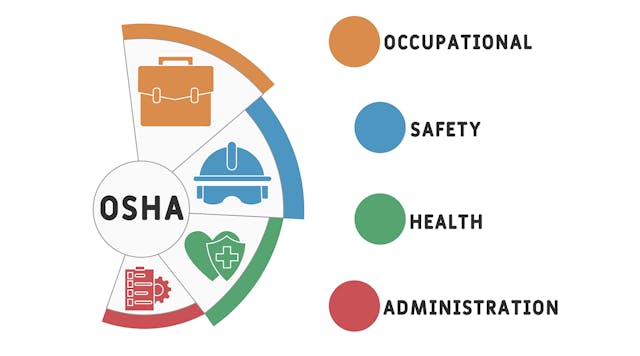We have all heard of the many benefits of having flexibility in our work lives. But according to a recent study from the Harvard T.H. Chan School of Public Health and Penn State University, increasing workplace flexibility may lower certain employees’ risk of cardiovascular disease.
In workplaces that implemented interventions designed to reduce conflict between employees’ work and their personal/family lives, researchers observed that employees at higher baseline cardiometabolic risk, particularly older employees, experienced a reduction in their risk for cardiovascular disease equivalent to between five and 10 years of age-related cardiometabolic changes.
“The study illustrates how working conditions are important social determinants of health,” said co-lead author Lisa Berkman, Thomas D. Cabot Professor of Public Policy and of Epidemiology at Harvard Chan School, said in a statement. “When stressful workplace conditions and work-family conflict were mitigated, we saw a reduction in the risk of cardiovascular disease among more vulnerable employees, without any negative impact on their productivity. These findings could be particularly consequential for low- and middle-wage workers who traditionally have less control over their schedules and job demands and are subject to greater health inequities.
As part of the Work, Family and Health Network, the researchers designed a workplace intervention meant to increase work-life balance: Supervisors were trained on strategies to show support for employees’ personal and family lives alongside their job performances, and teams (supervisors and employees) attended hands-on trainings to identify new ways to increase employees’ control over their schedules and tasks.
The researchers randomly assigned the intervention to work units/sites within two companies: an IT company, comprised of 555 participating employees, and a long-term care company, with 973 participating employees. The IT employees consisted of male and female high and moderate-salaried technical workers; the long-term care employees mostly consisted of female, low-wage direct caregivers. Other units/sites were not assigned the intervention and therefore conducted their business as usual.
These 1,528 employees across the experimental and control groups had their systolic blood pressure, body mass index, glycated hemoglobin, smoking status, HDL cholesterol, and total cholesterol recorded at the beginning of the study and again 12 months later. The researchers used this health information to calculate a cardiometabolic risk score (CRS) for each employee, with a higher score indicating a higher estimated risk of developing cardiovascular disease within the decade.
The study found that the workplace intervention did not have any significant overall effects on employees’ CRS. However, the researchers did observe reductions in CRS specifically among those with a higher baseline CRS: Those employees of the IT company and of the long-term care company saw a reduction in their CRS equivalent to 5.5 and 10.3 years of age-related changes, respectively. Age also played a role: Employees older than 45 with a higher baseline CRS were likelier to see a reduction than their younger counterparts.
“The intervention was designed to change the culture of the workplace over time with the intention of reducing conflict between employees’ work and personal lives and ultimately improving their health,” said co-lead author Orfeu Buxton, professor of biobehavioral health and director of the Sleep, Health & Society Collaboratory at Penn State, in a statement. “Now we know such changes can improve employee health and should be more broadly implemented.”















































































